Yes there is some cannabis in the picture, not a family pic onlyInteresting picture, Any context? NVM, I'm ignorant lol
-
Seeds Mafia is running a TURBO contest with great prizes! You can check it here.
High Grade Vintage Cannabis photography
- Thread starter Thread starter four seasons
- Start date Start date
Viktor Pettersson Frigges 339, born 1907, at Frigges 345 on hemp cultivation at "Lycko" near Frigges.
diefraktal
Member
CharlesU Farley
Well-known member
From the description, a 6ᵗʰ century Greek scientific drawing of the plant.

I was looking on google scholar for ancient depictons of cannabis. That one might be the oldest we know yet.
diefraktal
Member
The false jack herer sign is a jocke of a friénd
Inside a Greek coffeeshop early 20th century before actually 1906

Painting of Greek hash in cloth bag

Painting of Greek hash in cloth bag
FellaAndrene
Well-known member
More Finnish hemp...
From the collection of Nils Westermarck, Professor of Agricultural Economics in the University of Helsinki and two-time Minister of Agriculture and Forestry, date unknown (possibly taken in the 1950's):
Farmer from the village of Mäyrä (1934):
Hemp being cut in Nokia (1943):
A Ladoga Karelian woman plucking hemp (in the 1930's):
Last edited:
Hemp grown for fiber in Kentucky has been shown to contain a substantial degree of... potency. H. C. Wood, in 1869, prepared an alcoholic extract of hemp grown near Lexington and proceeded to test the product himself. A large [oral] dose (20 to 30 grains) produced marked effects and, on subsequent occasions, milder but definite effects were obtained with doses as low as 1/4 grain. This latter dose is lower than the usual dose of the Indian extract and was probably the result of a more than usually selective extraction. Houghton and Hamilton in 1908 concluded from animal experiments that the Kentucky hemp was fully as active as the best imported Indian product. In any event, it is clear that the potentiality of hashish abuse has always existed with this type of hemp production.
CharlesU Farley
Well-known member
I was born and raised in Louisville Kentucky and in the late '60s - early 70s My friends and I used to go to Shelbyville, which was about 30 mi outside of Louisville and pick wild hemp in abandoned cemeteries.Hemp grown for fiber in Kentucky has been shown to contain a substantial degree of... potency. H. C. Wood, in 1869, prepared an alcoholic extract of hemp grown near Lexington and proceeded to test the product himself.
We did, in fact, get high but it wasn't anything like Meshmacon (Michaocan).
In the 30s-40s, Shelby county Kentucky was the number one hemp producing area in the entire US.
I own this bookSome stuff from the seventies....
including ...L. Cherniaks ;Book of Cannabis , Book of Hashish,
early High Times and various other publications...
Please add stuff if you have it. I enjoy looking at the old stuff and have been a collector of this stuff since I bought my first high times in 78.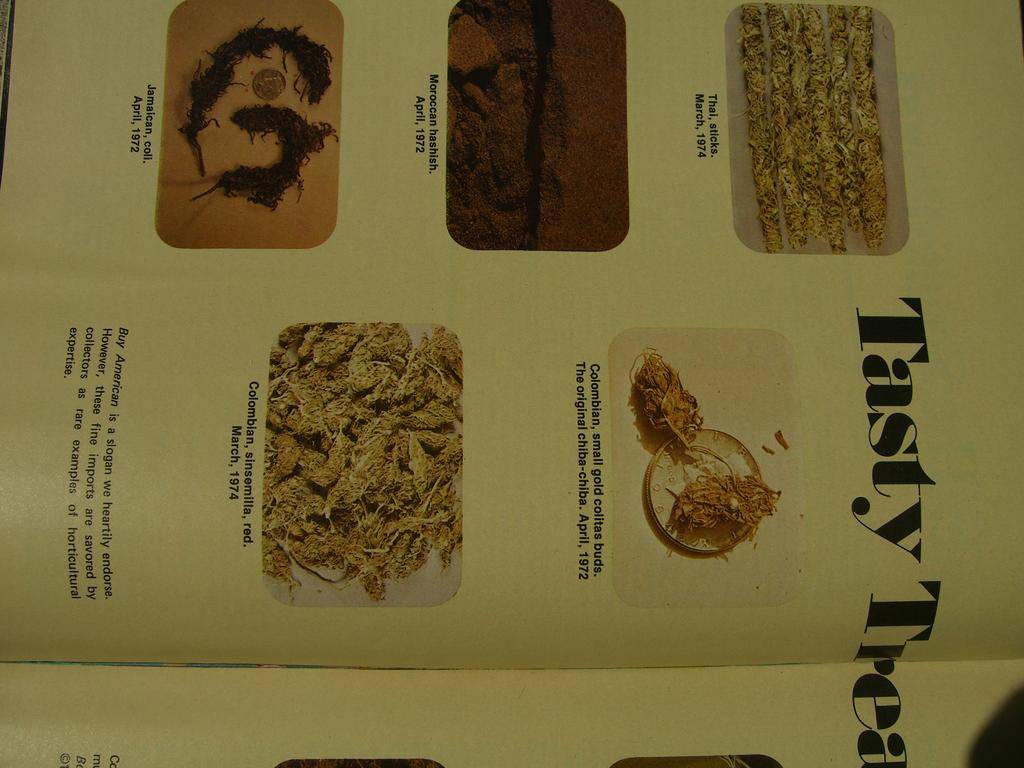
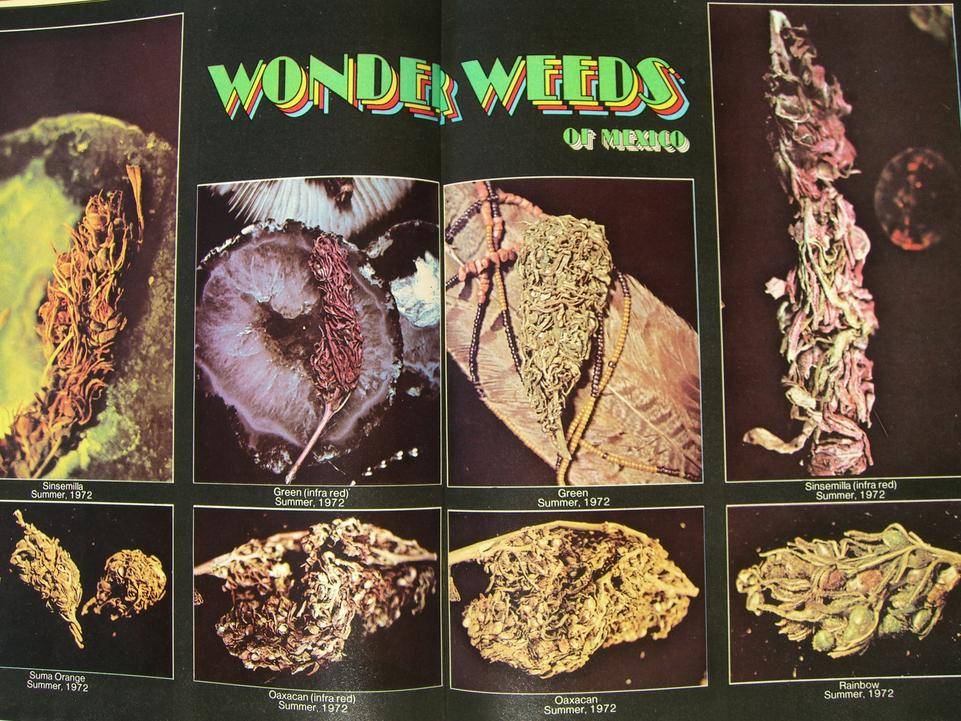
This is the first published picture of the True Haze from the Haze brothers 1977
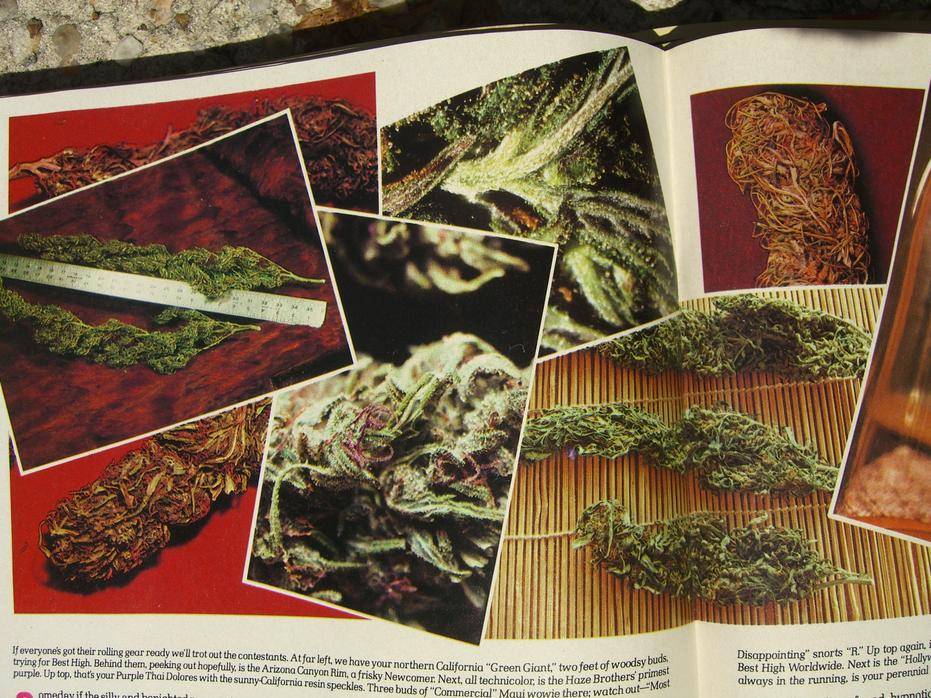
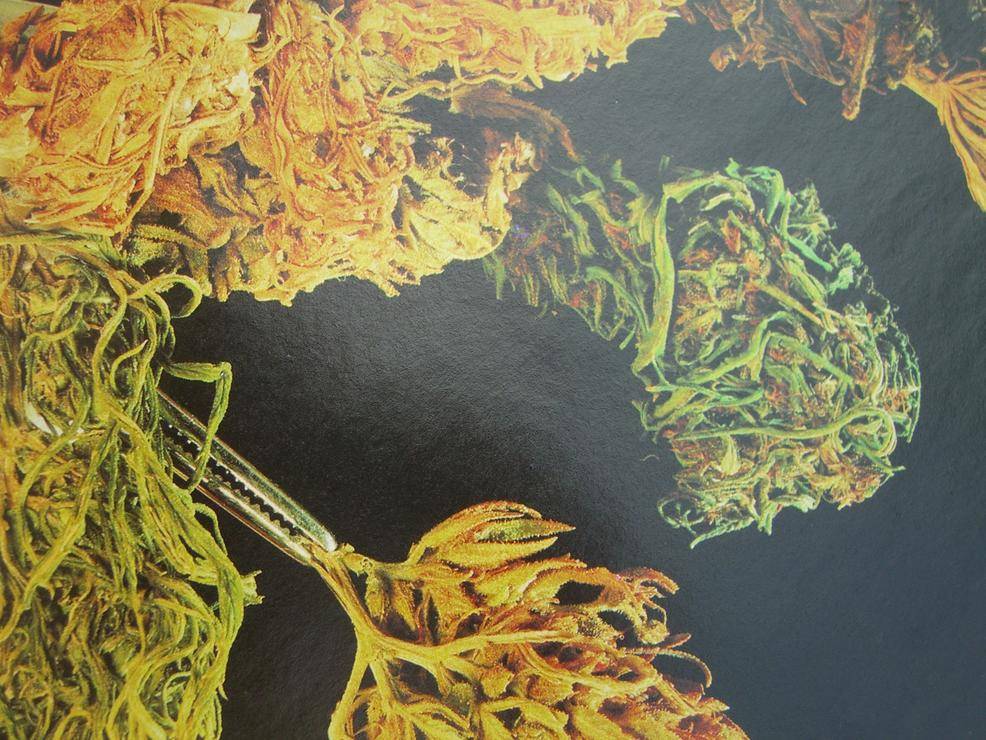
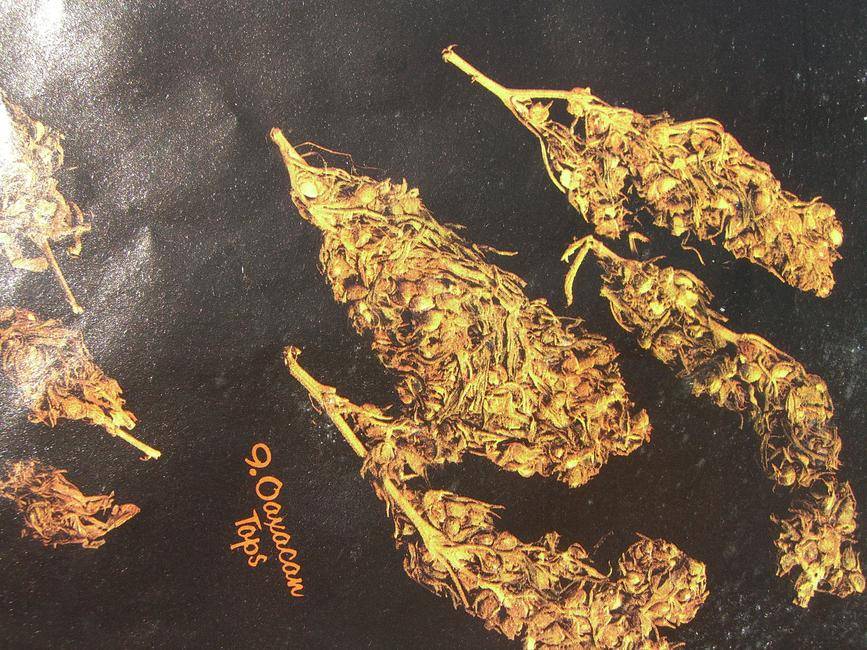
http:
[url='http://www.icmag.com/ic/picture.php?albumid=8747&pictureid=158931']


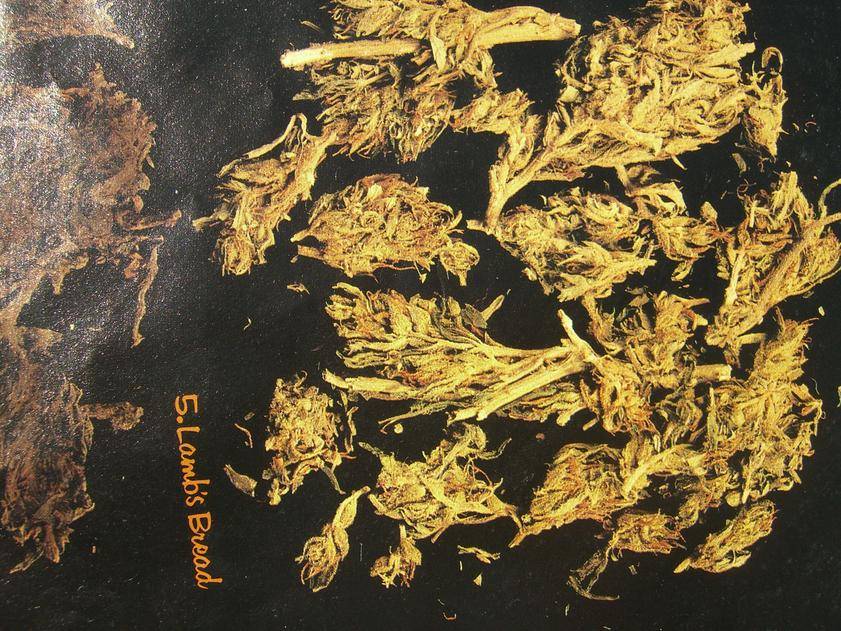

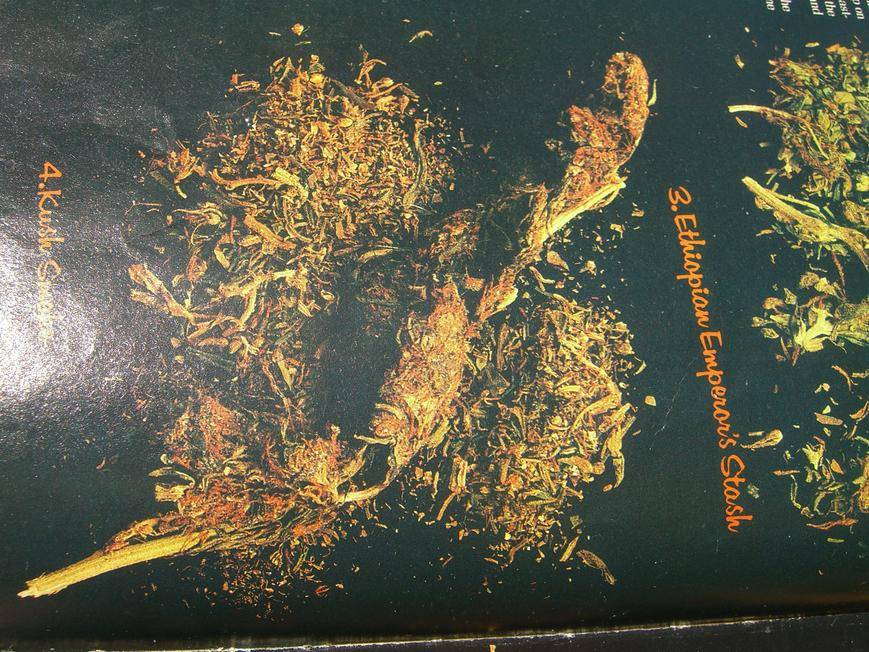
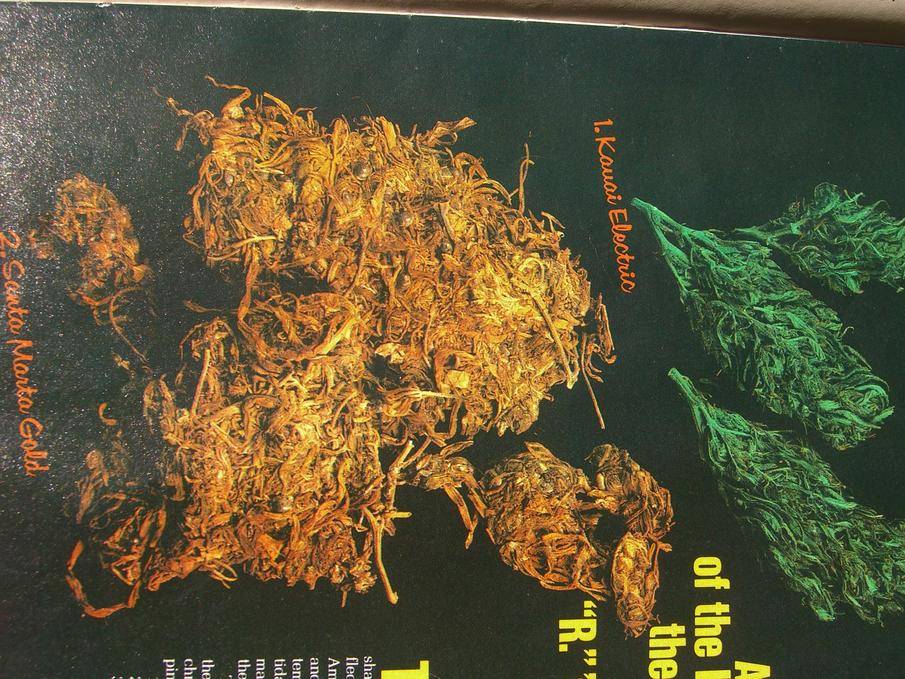
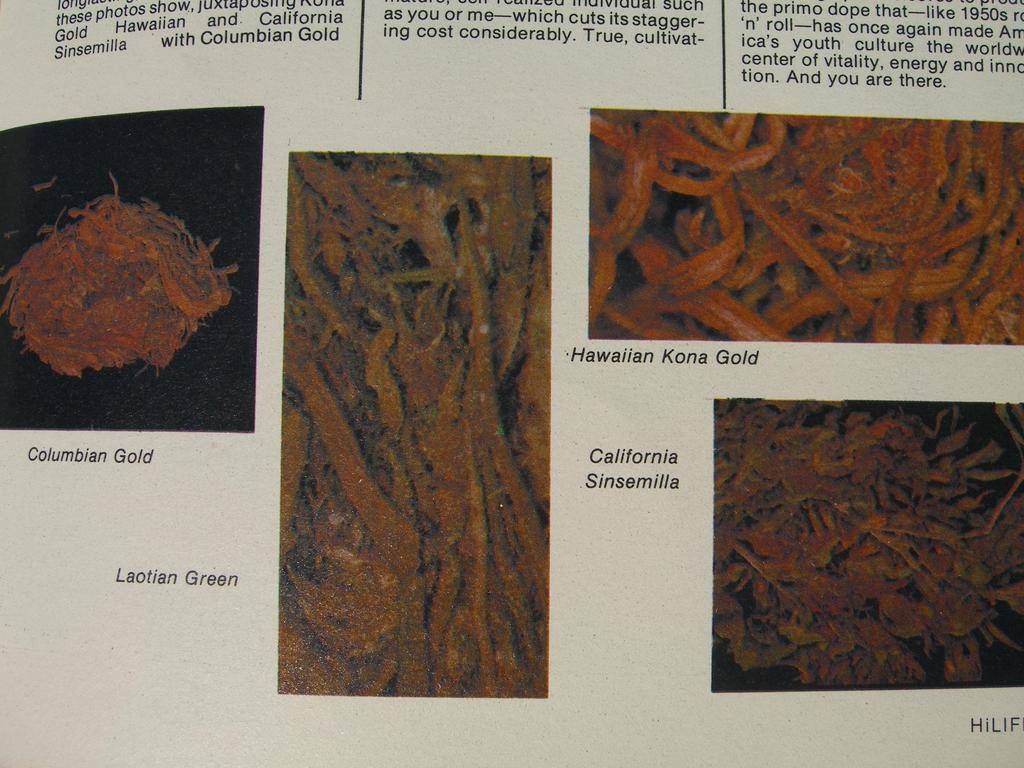
Yeah and they smoke hemp in Texas cuz Chron is too muchHemp grown for fiber in Kentucky has been shown to contain a substantial degree of... potency. H. C. Wood, in 1869, prepared an alcoholic extract of hemp grown near Lexington and proceeded to test the product himself. A large [oral] dose (20 to 30 grains) produced marked effects and, on subsequent occasions, milder but definite effects were obtained with doses as low as 1/4 grain. This latter dose is lower than the usual dose of the Indian extract and was probably the result of a more than usually selective extraction. Houghton and Hamilton in 1908 concluded from animal experiments that the Kentucky hemp was fully as active as the best imported Indian product. In any event, it is clear that the potentiality of hashish abuse has always existed with this type of hemp production.
Mimpi Manis
Well-known member
Some of these closely resemble the images I just posted in the Tripweed section. Lambsbread and Ethiopian in particular. Some well designed genetic testing would be a revelation in relation to some of these strains wouldn't it?I own this book
I posted this in a different thread, but was asked to post here too  .
.

Here are 4 seeds and 6 vials of "plant material" from the Oseberg viking grave, dated 834, marked Cannabis sativa, kept at the University of Oslo, Archeological dep. It was found 1904 in the Oseberg ship grave.
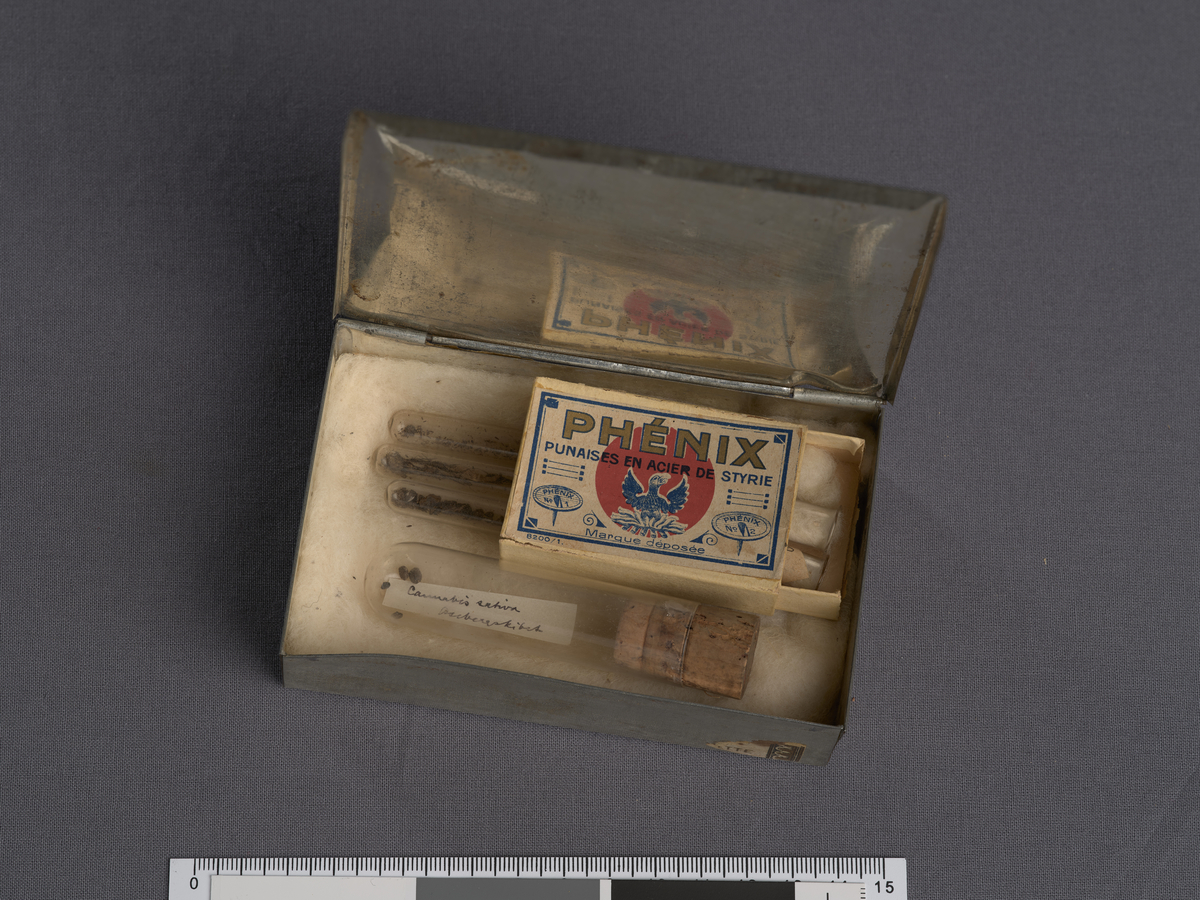
 digitaltmuseum.no
digitaltmuseum.no

 en.wikipedia.org
This is one of a multiple of cannabis seed and pollen accessions found in viking graves and settlements in Scandinavia. For a long time, this was presented as seeds only, assumed for fibre or food. But, you don't carry "plant material" for food or fibre, do you? Interestingly, the woman carrying the leather pouch of seeds and "plant material" - cannabis - , had several painful ailments, like arthritis and Norwegian sources says cancer. So archeologist now believes it was for medicinal purposes. The list of other gravegoods is extensive, in the ship there were all the most important objects you might need to settle and start a new life.
en.wikipedia.org
This is one of a multiple of cannabis seed and pollen accessions found in viking graves and settlements in Scandinavia. For a long time, this was presented as seeds only, assumed for fibre or food. But, you don't carry "plant material" for food or fibre, do you? Interestingly, the woman carrying the leather pouch of seeds and "plant material" - cannabis - , had several painful ailments, like arthritis and Norwegian sources says cancer. So archeologist now believes it was for medicinal purposes. The list of other gravegoods is extensive, in the ship there were all the most important objects you might need to settle and start a new life.
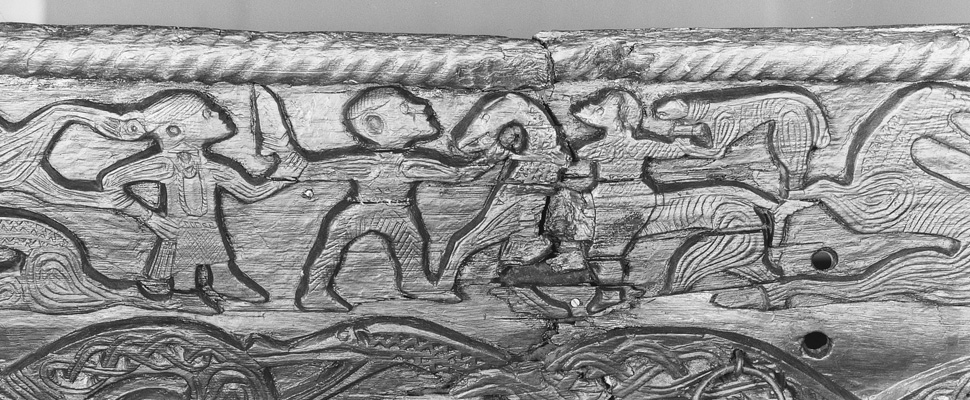
 www-vikingtidsmuseet-no.translate.goog
In the grave, skeletons of two women were found. One presumed to be a queen, the other there are more uncertain theories. "According to Per Holck of the University of Oslo, the younger woman's mitochondrial haplogroup was discovered to be U7.[13] Her direct maternal ancestors came to Norway from the Pontic littoral, probably Iran.[14]"
www-vikingtidsmuseet-no.translate.goog
In the grave, skeletons of two women were found. One presumed to be a queen, the other there are more uncertain theories. "According to Per Holck of the University of Oslo, the younger woman's mitochondrial haplogroup was discovered to be U7.[13] Her direct maternal ancestors came to Norway from the Pontic littoral, probably Iran.[14]"
(This has not been confirmed yet.)
So perhaps what the vikings grew were Iranian landraces? Turkish? It seems medicinal cannabis in Norway has a very, very long history! 1.200 years!


The Oseberg ship.
Here are 4 seeds and 6 vials of "plant material" from the Oseberg viking grave, dated 834, marked Cannabis sativa, kept at the University of Oslo, Archeological dep. It was found 1904 in the Oseberg ship grave.

prøve, annet
Kulturhistorisk museum, Universitetet i Oslo, Arkeologi - Photographer Helgeland, Kirsten

Oseberg Ship - Wikipedia

Kvinnene i Oseberggrava - Vikingtidsmuseet
I år 834 døydde to heilt spesielle kvinner, dei blei heidra med ei storslått gravlegging.
(This has not been confirmed yet.)
So perhaps what the vikings grew were Iranian landraces? Turkish? It seems medicinal cannabis in Norway has a very, very long history! 1.200 years!
The Oseberg ship.
Some additional studies, analysis of old samples from viking settlements which expands the timeframe of cannabis cultivation in Norway even more.
"Sosteli used for 900 years
The new study also expands knowledge about other aspects of Sosteli's history. Previously, it was believed that this type of abandoned farm was abandoned in the 5th century.
The new investigations show signs of [hemp] cultivation from the year zero until the year 900."

 www-forskning-no.translate.goog
www-forskning-no.translate.goog

However: "Sosteli lies up against the Setesdalsheiene and far from known centers of power in the Iron Age. It is not a natural place to start growing hemp. - The real introduction of hemp cultivation must have come much earlier than it came to Sosteli, says Stylegar [archeologist]."

From the excavation at Sosteli farm, Norway, 1954.
 www.kulturminnesok.no
www.kulturminnesok.no
"Sosteli used for 900 years
The new study also expands knowledge about other aspects of Sosteli's history. Previously, it was believed that this type of abandoned farm was abandoned in the 5th century.
The new investigations show signs of [hemp] cultivation from the year zero until the year 900."

Norske vikinger dyrket hamp
På en jernaldergård i Vest-Agder ble det dyrket cannabis for 1300 år siden.
However: "Sosteli lies up against the Setesdalsheiene and far from known centers of power in the Iron Age. It is not a natural place to start growing hemp. - The real introduction of hemp cultivation must have come much earlier than it came to Sosteli, says Stylegar [archeologist]."
From the excavation at Sosteli farm, Norway, 1954.


